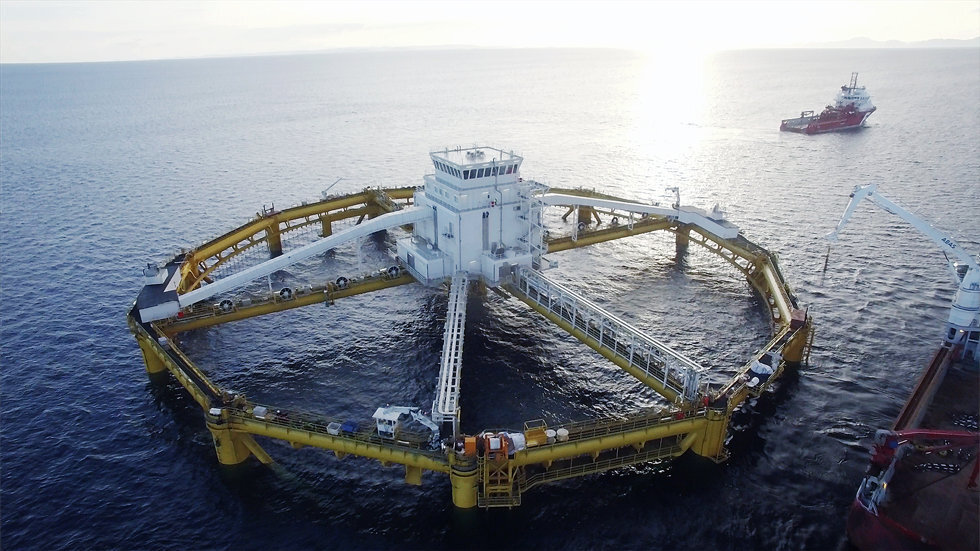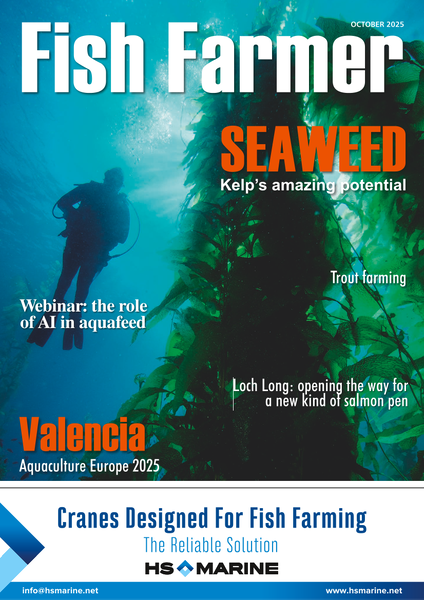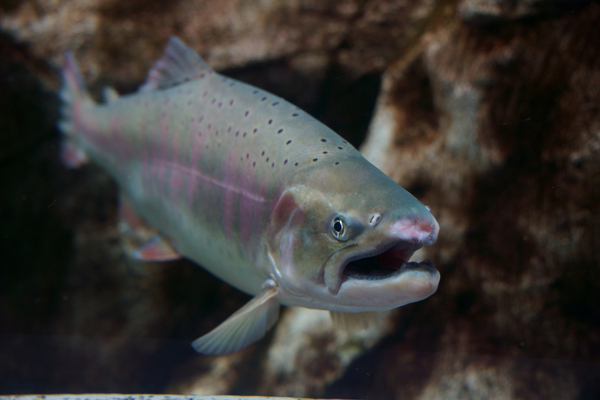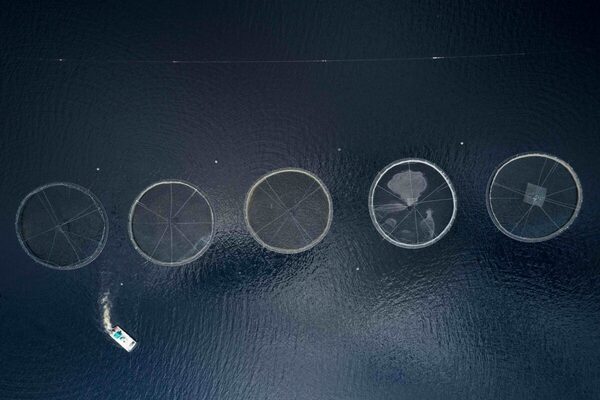Open seas: offshore opportunities
Norway’s SalMar has identified Shetland as a possible location for its proposed new generation of offshore fish farms. Why might SalMar be looking beyond Norway, and what could this mean for Scotland?

SalMar's Ocean Farm
Marine Operative - Bakkafrost Scotland Limited
Millhouse£35,677.16 per annum
First Mate - Bakkafrost Scotland Limited
PA29 6XL£50,693.42 per annum
Salmon High Care Trimming Line Operator (Shift 2-2-3 Pattern) - Mowi Scotland
RosythSalary On Application
Hygiene Operator (Day shift 2-2-3 pattern) - Mowi Scotland
RosythSalary On Application
Quality Technician - Mowi Scotland
RosythSalary On Application




